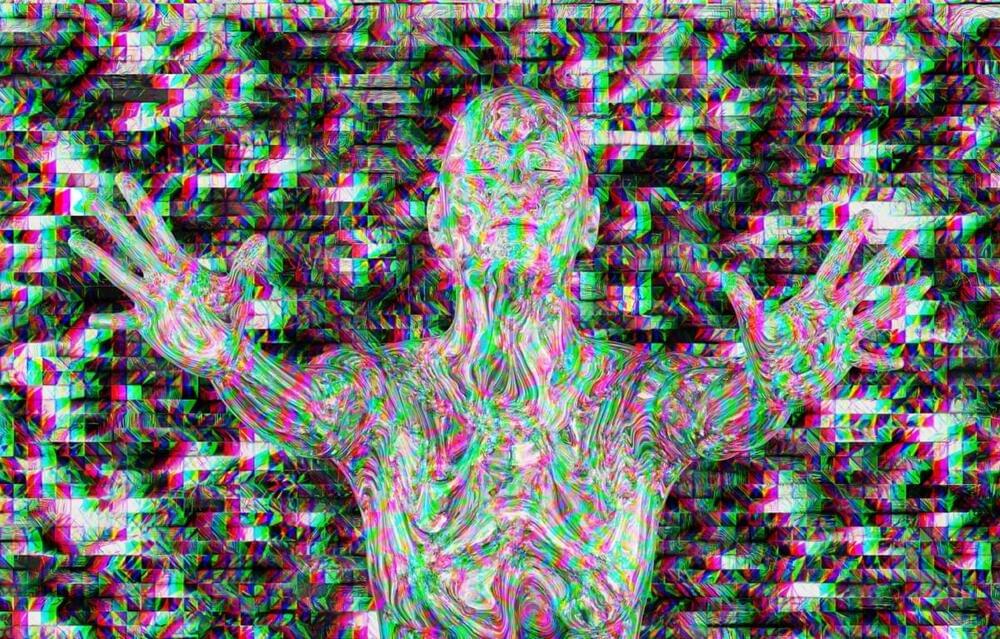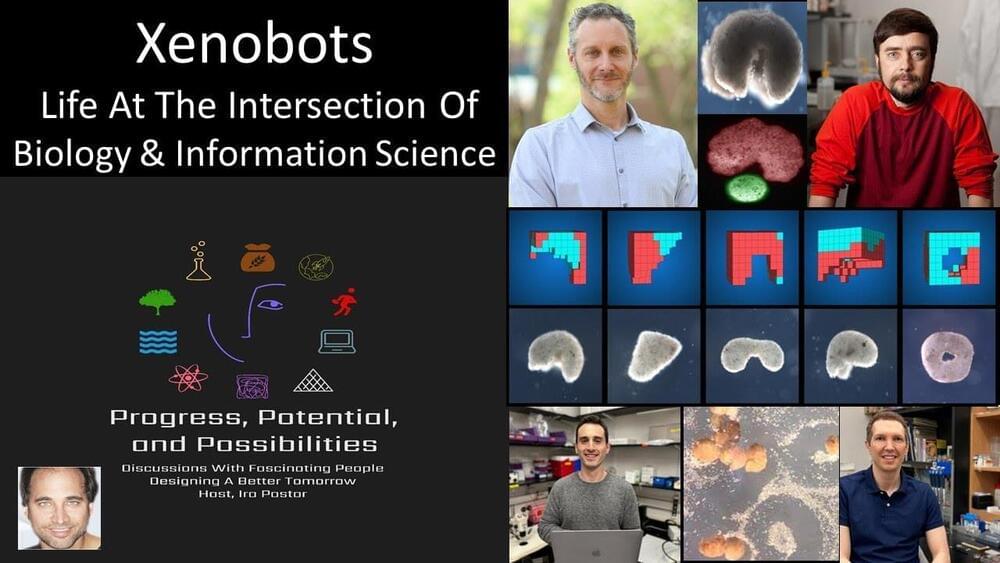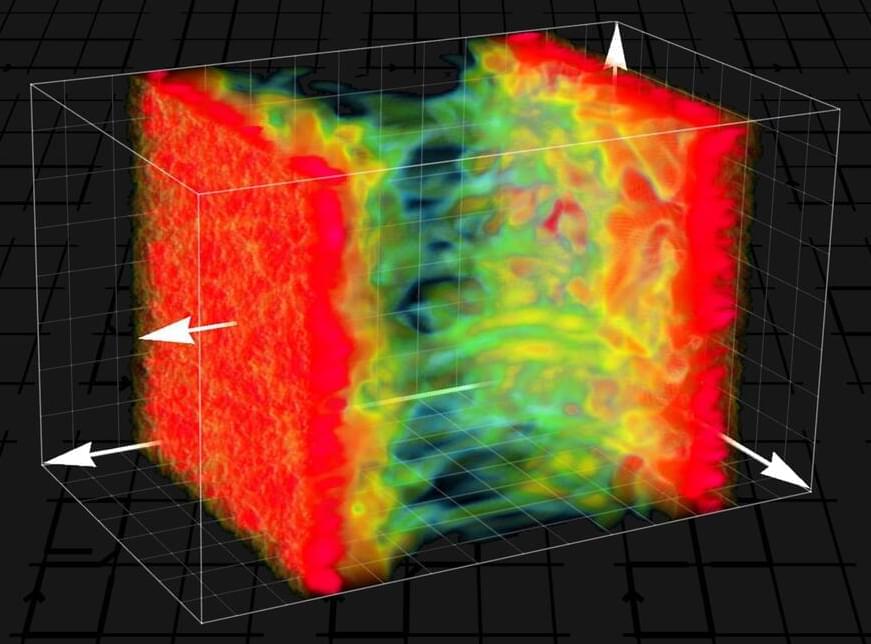Jan 28, 2022
The danger of AI micro-targeting in the metaverse
Posted by Kelvin Dafiaghor in categories: information science, robotics/AI
Artificial intelligence will soon become one of the most important, and likely most dangerous, aspects of the metaverse. I’m talking about agenda-driven artificial agents that look and act like any other users but are virtual simulations that will engage us in “conversational manipulation,” targeting us on behalf of paying advertisers.
This is especially dangerous when the AI algorithms have access to data about our personal interests, beliefs, habits and temperament, while also reading our facial expressions and vocal inflections. Such agents will be able to pitch us more skillfully than any salesman. And it won’t just be to sell us products and services – they could easily push political propaganda and targeted misinformation on behalf of the highest bidder.
And because these AI agents will look and sound like anyone else in the metaverse, our natural skepticism to advertising will not protect us. For these reasons, we need to regulate some aspects of the coming metaverse, especially AI-driven agents. If we don’t, promotional AI-avatars will fill our lives, sensing our emotions in real time and quickly adjusting their tactics for a level of micro-targeting never before experienced.

















